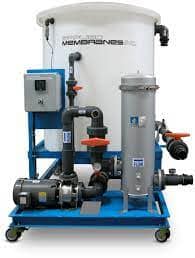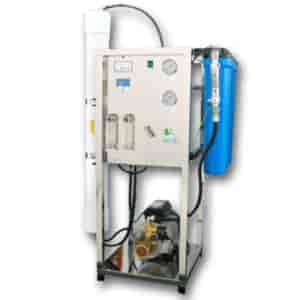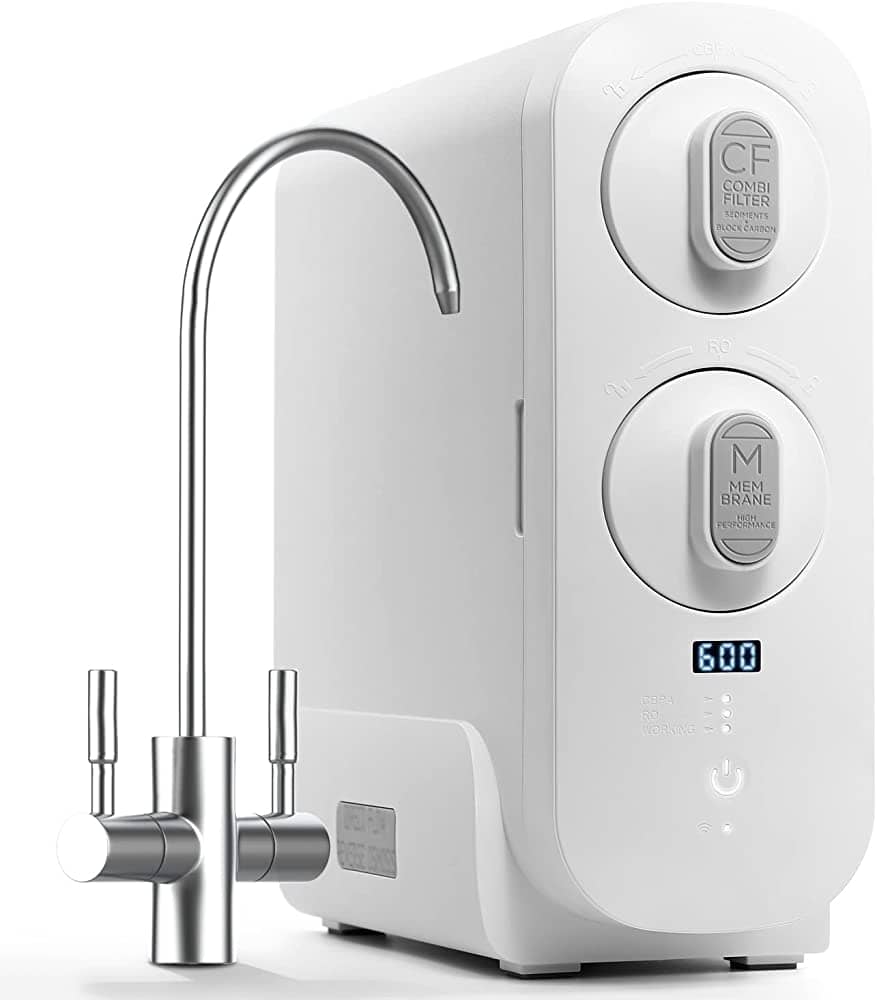Description
CIP System in Ro Plant
If you’re in the water treatment industry, you know the importance of maintaining your reverse osmosis (RO) system to ensure maximum efficiency and longevity. One of the key components in this maintenance process is using a CIP system. In this article, we will cover everything you need to know about CIP systems in RO plants, including how they work, their benefits, and their applications.
What is a CIP System?
CIP stands for “Clean-In-Place.” As the name suggests, a CIP system is designed to clean the interior surfaces of equipment without disassembling it. In the case of RO systems, a CIP system is used to clean the membranes, pumps, and other components that come into contact with water during the treatment process.
A CIP system typically consists of a series of tanks, pumps, and piping that are used to circulate a cleaning solution throughout the RO system. The cleaning solution is usually a mixture of water and chemicals designed to remove contaminants and scale buildup from the system’s interior surfaces.
How Does a CIP System Work?
The basic operation of a CIP system is relatively simple. First, the RO system is shut down and drained of water. Next, the cleaning solution is prepared and circulated through the system. The cleaning solution is usually heated to a specific temperature to enhance its effectiveness.
The cleaning solution is then allowed to circulate through the system for a set period of time, usually between 30 minutes to 2 hours. During this time, the solution dissolves and removes any contaminants or scale buildup on the interior surfaces of the RO system.
After the cleaning cycle is complete, the system is rinsed with clean water to remove any remaining cleaning solution. The RO system can then be restarted and put back into operation.
Benefits of Using a CIP System
There are several benefits to using a CIP system in your RO plant:
- Improved Efficiency: By removing contaminants and scale buildup, a CIP system can help maintain the efficiency of your RO system, resulting in higher water production and lower operating costs.
- Longer Life Span: Regular cleaning with a CIP system can help extend the life span of your RO system components, reducing the need for expensive repairs and replacements.
- Reduced Downtime: Since a CIP system can clean the RO system without disassembling it, downtime for maintenance can be reduced, allowing for more production time.
Applications of CIP Systems in RO Plants
CIP systems are widely used in the water treatment industry, particularly in RO plants. Some of the applications of CIP systems in RO plants include:
- Cleaning of RO membranes: Since RO membranes are the heart of the RO system, it’s important to keep them clean and free of contaminants. CIP systems can help achieve this by cleaning the membranes regularly.
- Cleaning of pumps and piping: The pumps and piping in an RO system can also become contaminated with scale buildup and other contaminants. CIP systems can be used to clean these components as well, helping to maintain the overall efficiency of the system.
- Cleaning of storage tanks: If your RO system includes a storage tank, it’s important to keep it clean and free of contaminants. CIP systems can be used to clean storage tanks as well.
Conclusion
In summary, a CIP system is an important component of any RO plant maintenance program. By using a CIP system to clean your RO system components regularly, you can improve efficiency, extend the life span of your components, and reduce downtime for maintenance.
FAQs
- How often should a CIP system be used in an RO plant?
It’s recommended to use a CIP system at least once a month in an RO plant. However, the frequency of CIP cleaning may vary depending on the specific RO system, its operating conditions, and the quality of the feed water.
- What chemicals are used in a CIP system for cleaning an RO plant?
The chemicals used in a CIP system for cleaning an RO plant may vary depending on the type of contaminants or scale buildup that need to be removed. Some common chemicals used in CIP systems include citric acid, sodium hydroxide, and hydrochloric acid.
- Can a CIP system be used on other types of water treatment systems?
Yes, CIP systems can be used on other types of water treatment systems, such as ultrafiltration and nanofiltration systems.
- Is it necessary to shut down the RO system during CIP cleaning?
Yes, it is necessary to shut down the RO system during CIP cleaning. This ensures that the cleaning solution is circulated throughout the system without interruption and that the system is thoroughly cleaned.
- Can a CIP system be automated?
Yes, CIP systems can be automated using programmable logic controllers (PLCs) or other types of control systems. This allows for precise control of the cleaning process and can help reduce labor costs.








Aqua Filter –
I’ve used Aquaafilter for all my water filter needs, and they never disappoint. Their staff is knowledgeable, friendly, and always willing to provide exceptional service.